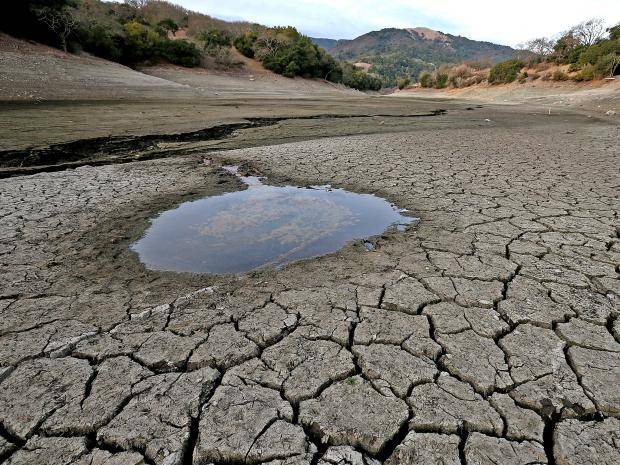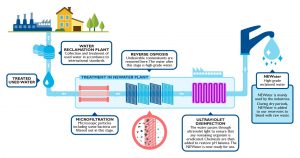
Water scarcity: Closer than you think
by Regina Ho
Water scarcity, to the general population, seems like a problem only for the rural population of the world’s poor nations. However, in today’s world, with unpredictable weather patterns due to climate change, water supply even in the biggest cities around the world is unreliable. Climate change is a cause for larger swings in weather, causing more extreme and unpredictable events, including droughts.
Most recently, Cape Town, a tourist hot-spot and a city with one of the most extensive water conservation programmes in the world, was affected by a water crisis. Currently, Day Zero stands in November, when all taps will be shut off and water will be rationed to all residents. Despite efforts to prepare for water shortages over the years, Cape Town has been unable to cope with the longer than anticipated drought of 3 years. This is also a socio-political issue because some of the reasons for its water crisis result from the politics behind the planning. Past governments failed to plan because of systemic corruption, while warnings from meteorologists have been ignored since 1990.

Rising sea levels threaten the city of Jakarta as the city continues sinking
Growing populations and industrializing cities have made the demand for water sky-rocket, with a further 50 percent increase in urban water usage expected in the coming years. And the reasons for water shortage are not just the fact that there is less rainfall in a specific area. We have been taught that due to water cycles, the amount of water on Earth will always remain the same. However, less than three percent of the water found on Earth is freshwater, and a large majority of that is stored in the ice of the Antarctic. Theoretically, there is enough renewable freshwater for everyone’s use, however, that does not take into consideration the geographical location of the water.
Places such as Canada only use about one percent of their renewable water while others like Bahrain at 8935 percent. Countries like Bahrain would tap into non-renewable sources of water such as groundwater and desalination plants. However, the overuse of non-renewable sources of water could cause damage to the environment and the city itself. This can be seen in the example of Jakarta, a huge city that is also rapidly sinking below sea level. Corruption and an ineffective government have led to the digging of many illegal wells, quickly draining the aquifers that the city sits upon. As the cushion of water shrinks, the city also sinks into the ground. Walls around the city keep the sea at bay. But even this is unsustainable because of climate change leading to extreme storms and rising sea levels. Furthermore, the causes for water scarcity vary and may not just be the lack of a water source. For example, cities like Toledo, Ohio, face water crises due to algal toxins in Lake Erie, their main water source. They are just a few of many cities that face the impacts of pollution from industrialization, where fertilizers and other chemicals enter the water and change its composition.

Process of water reclamation in Singapore
I come from a water scarce country, Singapore, a tiny island-nation that has barely any natural resources, and thus has been importing most of its water from neighbouring Malaysia. Water conservation has always been a part of education and campaigns around the country. This was especially so when one of the two contracts between Malaysia and Singapore expired in 2011. Out of necessity, the country has come up with alternative sources of water, most famous would be NEWater. First coming into public use in 2001, NEWater collects wastewater, and through a 3-step process allows it to be reused for consumption. In total the country relies on four sources of water, and up to two-thirds of the country’s land surface is used for water catchment. When the second contract between Malaysia and Singapore expires in 2061, the goal for the country is to become self-sufficient in its water supply, not depending on any other country for a vital resource.
In conclusion, water scarcity is not a problem just for the rural and underdeveloped countries in the world. It is not a problem we see every day, but with ever-increasing global urban populations and unpredictable weather around the world, water scarcity is a problem that is becoming more important to all of us. Water is a vital resource to all life, therefore it is more important now than ever to make more effort to conserve water, knowing that this resource is not something that should be taken for granted. Efforts such as the Water Scarce Cities initiative by the World Bank help to bring attention to these issues. Despite being a problem rooted in hard science, its impact can be sociological, as people have to adapt to different lifestyles given each situation they are put under.

0 Comments